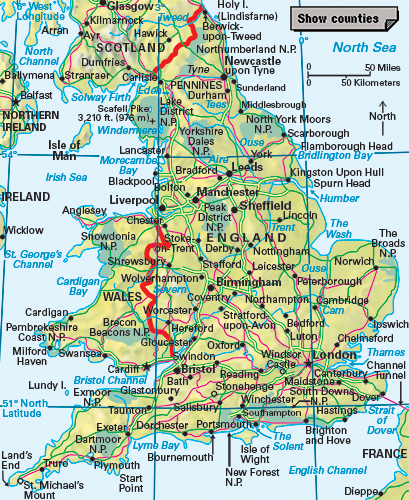Worcester << WUS tuhr >> (pop. 103,872), a city in England, is the administrative center of the county of Worcestershire. It lies on the banks of the River Severn in the English Midlands. Worcester is famous for its cathedral, which was begun in 1084 by Saint Wulfstan and contains the tomb of King John. Other historic buildings include Greyfriars, a half-timbered house built in 1480, and the Guildhall, built between 1721 and 1723.

Recreational activities in Worcester include boating and fishing on the River Severn. The Three Choirs festival takes place in the cathedral every third year. The city has an art gallery, several museums, a major repertory theater, and a horse-racing track. The Worcestershire county cricket ground is in Worcester.
Worcester originated as a Roman settlement in around A.D. 100. The settlement developed during the Middle Ages into a town of religious and economic importance, with a bishop, cathedral, and castle. In Saxon times, when it was known as Weogornaceaster, Worcester’s position on the river helped it become a thriving wool town. Worcester was the scene of major conflict during the English Civil War (1642-1648), and much of the medieval city was destroyed during the fighting. Oliver Cromwell’s forces defeated those of Charles II at the Battle of Worcester in 1651.
During the 1800’s, Worcester became well known for its porcelain industry, founded in the city in 1751. New industries, such as iron founding and brickmaking, also thrived, helped by the building of the Birmingham and Worcester Canal in 1815. In the 1900’s, Royal Worcester Porcelain and Worcestershire sauce, which was created in Worcester in 1838, became the city’s best-known products. The composer Edward Elgar was born just outside Worcester, in the village of Lower Broadheath.
See also Worcestershire.
